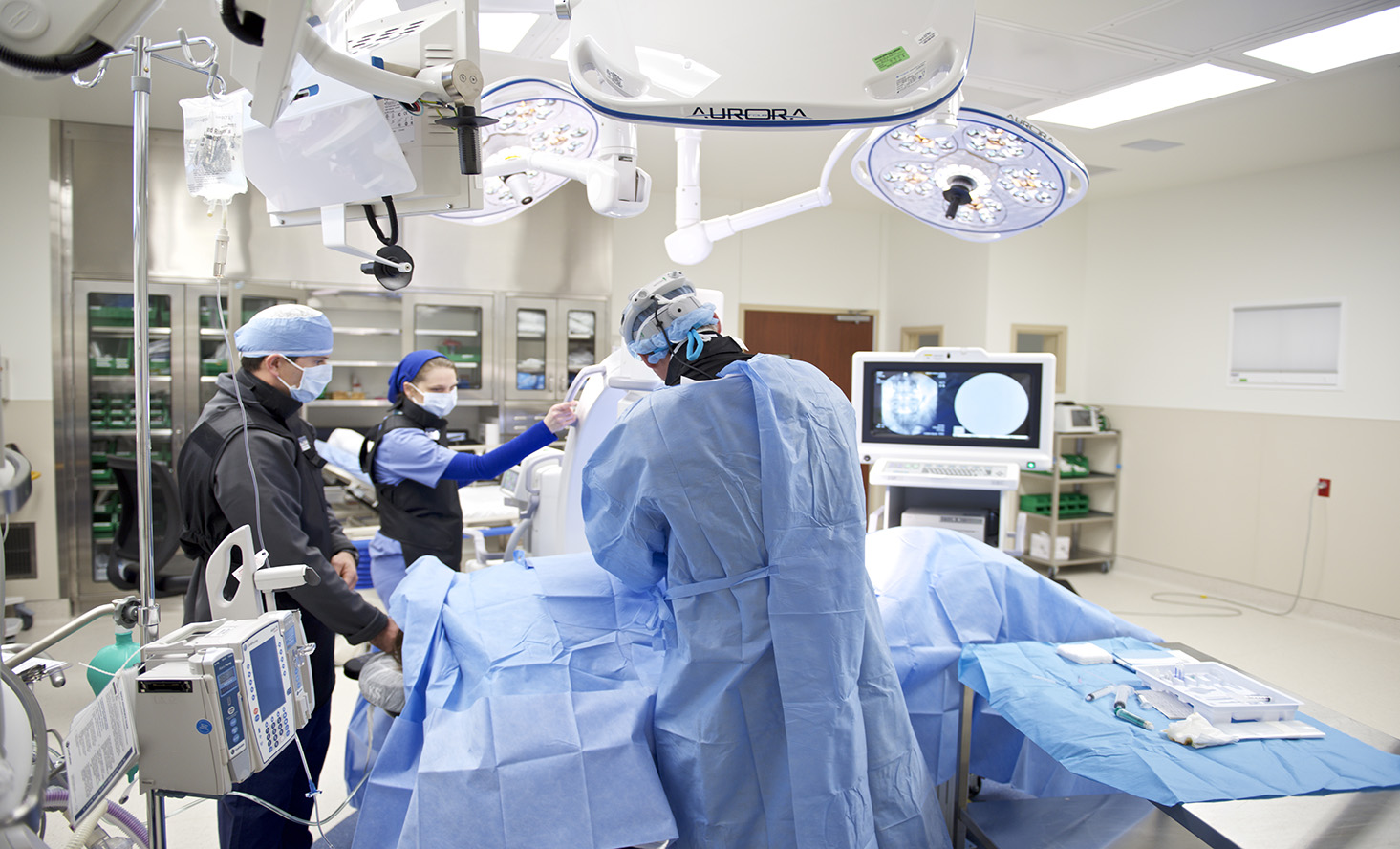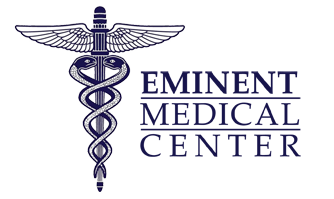Spinal compression fractures are a common type of fracture that affects the spine. They can occur in people of all ages but are most common in people over 50. Compression fractures happen when the vertebrae in your back break. When this happens, pressure builds upon the spinal cord and brain. This can cause serious problems, such as paralysis or even death. To avoid this, you need to get help as soon as possible. There are several types of surgery that can help compress fractures of the spine. These include fusion surgery, laminectomy, and total laminectomy. Fusion surgery is used to fix two vertebrae together not to collapse again. Laminectomy is a surgery that removes part of the lamina (a layer of bone) between two vertebrae. This makes it easier for doctors to remove the fracture and improve the flow of blood and spinal fluid. Total laminectomy is a surgery that removes all four sections of l.
What are the different types of surgery that can help compress fractures of the spine?
There are several types of surgery that can help compress fractures of the spine. These include fusion surgery, laminectomy, and total laminectomy. Fusion surgery is used to fix two vertebrae together not to collapse again. Laminectomy is a surgery that removes part of the lamina (a layer of bone) between two vertebrae. This makes it easier for doctors to remove the fracture and improve the flow of blood and spinal fluid. Total laminectomy is a surgery that removes all four sections of l.
Fusion surgeries can fix common spinal fractures like compression fractures, but they work best when done on people with no back pain or other health issues. Some other surgeries may fix compression fractures in younger people, such as spinal stabilization procedures (SRP), bone grafts, and new bone growth techniques (NGBT). NGBT uses stem cells from the patient’s own body or a donor to grow new bone tissue in people who have had neck dislocations or spinal cord injuries.
What are the benefits of these surgeries?
The benefits of these surgeries range widely, but here are some of the most common:
1. Better mobility
Compression fractures can be a problem for people with spinal cord injuries. When they occur, the vertebrae in your body can’t move freely, and so it’s hard for the spinal cord to reach the brain and control the movement of your body. You will regain complete independence from pain and disability with proper medical treatment. A person with a compression fracture over 80% of their body is considered fully functional again.
What are the risks of these surgeries?
Compression fractures can be tricky to diagnose because they are challenging to see. Usually, doctors can tell when someone has a fracture by looking for the bump or dislocation of the vertebrae in the back. But even with these signs, it’s not always easy to know if someone has a compression fracture.
These fractures can be life-threatening, and not all patients will respond well to treatment. Luckily, there are several options available to help treat compression fractures. These include spinal fusion surgery and laminectomy.
Spinal fusion surgery involves putting two vertebrae together to ensure they don’t collapse again. Laminectomy is a surgery that removes part of the lamina (a layer of bone) between two vertebrae so doctors can remove the fracture and improve circulation in your spine.
When should these surgeries be performed?
Surgical interventions to compress spinal fractures typically occur in people who walk and have no other health concerns. However, spine surgery can be highly complicated for some people, especially those with a history of other health conditions or those who have had previous surgeries. If you are recovering from surgery and you’re not at 100 percent, you must get back on your feet as soon as possible.
If you decide to undergo spinal fusion surgery or laminectomy, your doctor will ensure you’re appropriately healed before going through the healing process. To ensure that your new vertebrae are fused securely, your doctor will perform an extensive series of tests; these include X-rays and MRI scans. These tests help determine if fusion surgery is the most effective treatment option for you.
How do these surgeries work?
Fusion surgery is a procedure that involves placing two pieces of bone inside your spine. It keeps the vertebrae from collapsing and allows them to heal together correctly.
Laminectomy surgery removes part of your spinal cord, leaving only the lamina (a layer of bone) intact between the two vertebrae. This allows for faster healing and less risk of complications. Total laminectomy surgery removes all four sections of your lamina, essentially cutting out all four vertebrae in your spine and letting them heal without any outside support.







